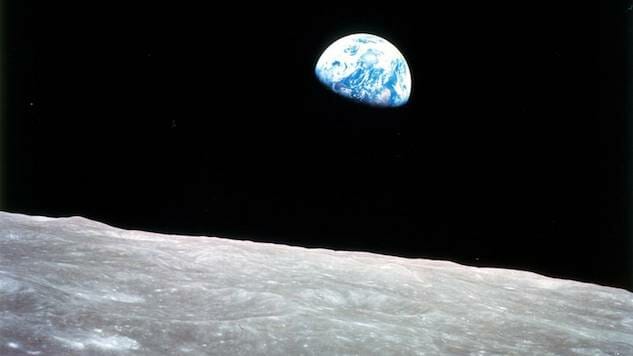Trump Pressures NASA to Accelerate Launch Schedules

On February 15, the Acting Administrator of NASA, Robert Lightfoot, announced that NASA would begin a study to see whether or not it was feasible to include a human crew on EM-1, the first test mission of the SLS (Space Launch System).
Let’s unpack what this means.
NASA is currently building a new rocket, SLS, that is intended to take us to the Moon and Mars. They’re also in the working on a new capsule spacecraft, called Orion, that is intended to once again give NASA the ability to launch humans into space. Both these projects are still under construction.
Whenever NASA does anything new that involves human spaceflight, they test, retest and test even more. Think of how long it took us to land on the Moon with the Apollo missions. The first manned Apollo mission to launch, Apollo 7, was a test of the capsule. Apollo 8 took the command and service modules into orbit around the moon, while Apollo 9 tested the Lunar Module (LM, the craft that actually detached from the spacecraft and descended to the Moon) in Earth orbit. Apollo 10 took the whole package—command, service, and LM—to the Moon, but didn’t land. It wasn’t until we’d tested everything we possibly could that we actually sent Neil Armstrong, Buzz Aldrin, and Michael Collins to the Moon on Apollo 11.
 Photo courtesy of NASA
Photo courtesy of NASA
This doesn’t even include the unmanned test rocket or capsule flights of the Apollo missions, or the fact that there was an entire series of missions—the oft-undervalued Gemini project, with 10 manned and two unmanned missions—the aim of which was to test maneuvers such as orbital rendezvous, docking, and space walking before we could go to the Moon. That is how much NASA tests. They need to be as sure as they possibly can before risking human lives.
And that is why I’m so skeptical of this new NASA directive. I’m a huge supporter of human spaceflight. The fact that we’ve been confined to low, Earth orbit since the end of Apollo is endlessly frustrating. I want to go to the Moon, Mars and beyond—but not like this.
The new presidential administration hasn’t made a secret of its desire to demonstrate American supremacy, and it apparently views NASA as one avenue to do that. Bob Walker, an adviser to the president’s transition team, said, “What I hear being discussed is the potential for sometime within the first Trump term being able to go and do an Apollo 8 mission.”
It’s true that there were so many things we did not know when we launched Apollo 8, billed as a “Hail Mary” pass around the Moon. We’d never left Earth orbit. We didn’t know what leaving the Earth’s magnetic field would do to astronauts. The list of risks the astronauts were taking on the mission were a mile long, but they were managed risks. We knew the Apollo spacecraft was flight worthy because we’d tested it. We knew the Saturn V rocket would work properly because this was its third flight. We knew, with as much certainty as we could, that the hardware would work.
SLS, or the Space Launch System, will be the biggest rocket ever constructed—bigger even than the mammoth Saturn V rockets that took our astronauts to the Moon. EM-1, the mission is question, is scheduled for late 2018. The plan is to put an uncrewed Orion capsule aboard the SLS and send the rocket and capsule around the Moon. The mission should last around three weeks.
![]()
-

-

-

-

-

-

-

-

-

-

-

-

-

-

-

-

-

-

-

-

-

-

-

-

-

-

-

-

-

-

-

-

-

-

-

-

-

-

-

-









































